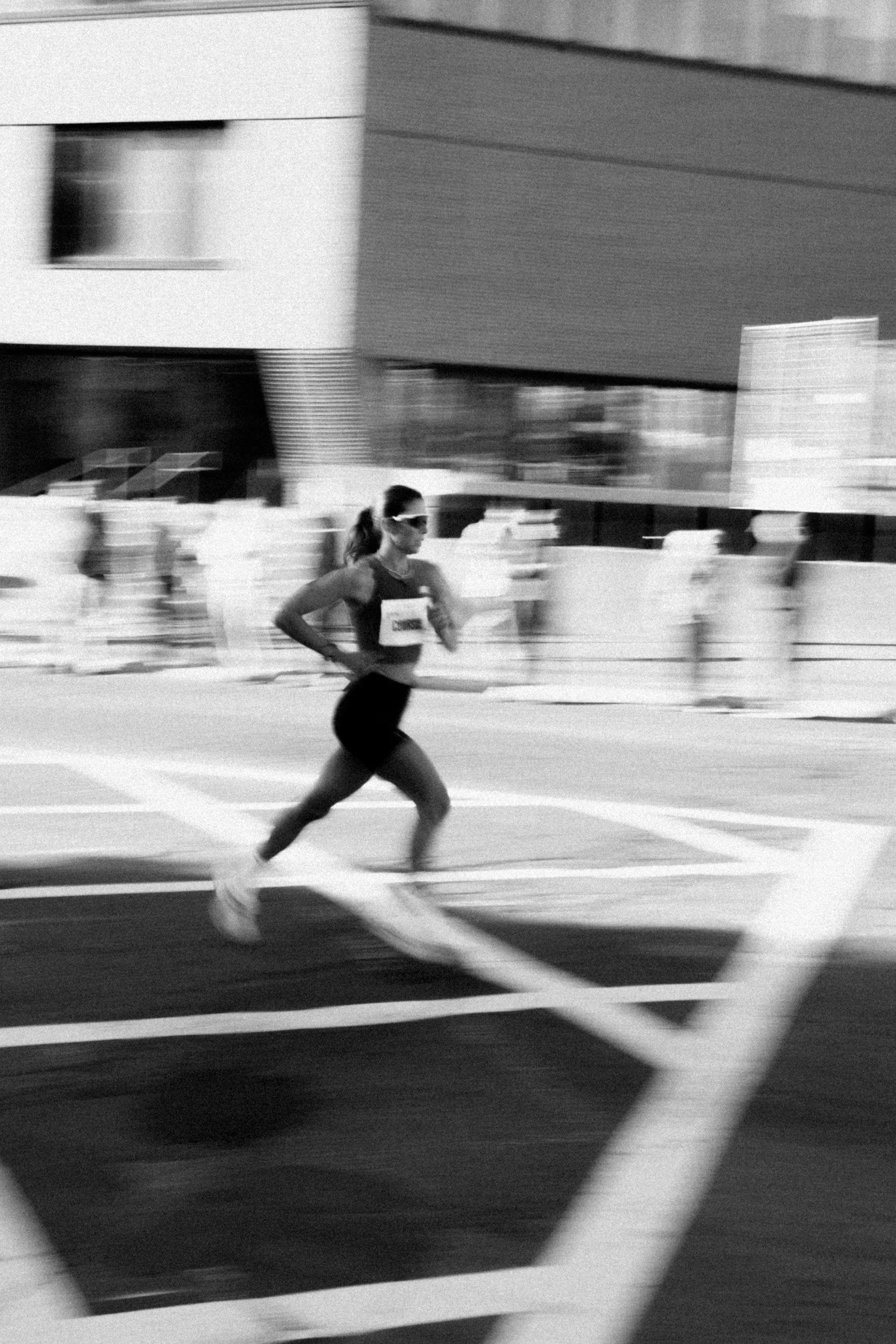Struggling with Low Iron? Here’s What You Should Know to Boost Your Energy Levels.
Did you know that up to one in four women in Australia experiences low iron or iron deficiency anaemia? If you’re feeling persistently tired, foggy or short of breath, your iron status could be part of the picture.
Nutrition and Iron: What You Eat Matters
Iron plays a vital role in oxygen transport and energy production and your diet directly affects how well your body maintains iron stores. Even a few days of very low iron intake can contribute to fatigue in people with already-depleted stores.
Common Signs of Iron Deficiency
Iron deficiency can develop gradually, and symptoms may include:
Persistent fatigue or low energy
Pale or “washed-out” skin
Dizziness or light-headedness
Shortness of breath during everyday activities
Headaches, cold hands and feet, or brittle nails
Women are particularly at risk due to blood loss during menstruation and increased iron requirements during pregnancy and breastfeeding.
Female athletes and Iron
Female athletes, especially adolescents and those following vegetarian or vegan diets are at higher risk of iron deficiency due to:
Increased iron loss through sweat and gastrointestinal bleeding
Higher red blood cell turnover
Potentially lower dietary iron intake or absorption
Even mild deficiency can reduce endurance, strength, and concentration, so early detection is key to maintaining performance and well-being.
Who needs iron supplements?
Although women require higher iron needs during pregnancy, it is not a blanket recommendation to take iron supplements pre-natally. It is recommended that you seek a blood test with your GP to determine your need for supplements.
Common iron supplement side effects include nausea, abdominal pain, constipation and diarrhea. Taking supplements every 2 or 3 days can help with tolerance and maintain effectiveness.
Maximising Iron Absorption
There are two types of dietary iron:
Haem iron: Found in animal sources like red meat, poultry and seafood and is easily absorbed.
Non-haem iron: Found in plant foods like legumes, tofu, wholegrains and leafy greens, but absorption can be affected by other dietary factors.
Tips to Boost Absorption
Pair iron-rich foods with vitamin C-rich foods like citrus, strawberries, tomatoes, broccoli, or capsicum.
Example: A lean beef stir-fry with red capsicum and broccoli.
Use cast-iron cookware, which can slightly increase the iron content of foods.
What Can Block Iron Absorption?
While a warm cuppa might be your daily ritual, these drinks contain polyphenols and tannins compounds that can significantly inhibit non-heme iron absorption.
Drinking tea or coffee with meals can reduce iron absorption by up to 60-90%.
Tip: Wait at least 1-2 hours after eating iron-rich meals before having coffee or tea.
Calcium is essential for bone health, but it competes with iron for absorption in the gut. Even moderate amounts of calcium, whether from dairy products, supplements, or fortified foods, can interfere with iron absorption.
Tip: Separate calcium-rich foods or supplements from iron-rich meals by a couple of hours.
Certain medications, including antacids and proton pump inhibitors (PPIs) (e.g. Nexium, Somac, Pantoprazole), can reduce stomach acid, which is needed for optimal iron absorption. If you take these medications regularly, it’s important to discuss this with your GP or dietitian, as you may need a tailored iron strategy.
Do You Need an Iron Supplement?
Although women require higher iron needs during pregnancy, it is not a blanket recommendation to take iron supplements pre-natally. It is recommended that you seek a blood test with your GP to determine your need for supplements.
Common iron supplement side effects include nausea, abdominal pain, constipation and diarrhea. Taking supplements every 2 or 3 days can help with tolerance and maintain effectiveness.
When to Seek Professional Help
If you’re noticing persistent tiredness, low mood, shortness of breath, or pale skin, don’t ignore it. Low iron isn’t something you should self-diagnose or self-treat. A simple blood test can determine your iron and ferritin levels and guide the best treatment plan for you.
Final Takeaway
Iron deficiency is common but highly manageable with the right nutrition and care. A balanced diet that includes both haem and non-haem iron sources, mindful timing of inhibitors like tea and calcium, and professional guidance can make a world of difference in restoring your energy and vitality.
If you suspect low iron or simply want to optimise your iron intake, an Accredited Practising Dietitian (APD) can help you create a tailored, evidence-based plan.
Want personalised nutrition support to boost your energy levels?
Book in for an individual consultation with Accredited Practising Dietitian, Kerri.


